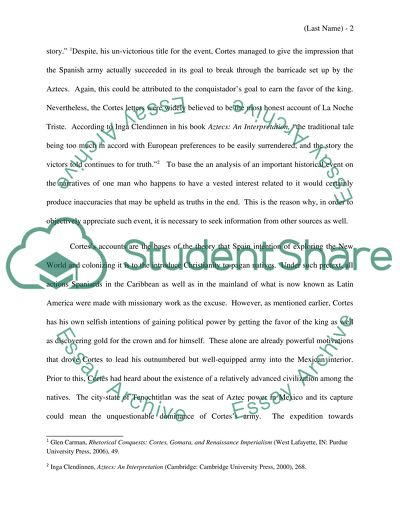Cite this document
(“La Noche Triste (the night of sorrows) Term Paper”, n.d.)
Retrieved from https://studentshare.org/history/1427786-la-noche-triste-the-night-of-sorrows
Retrieved from https://studentshare.org/history/1427786-la-noche-triste-the-night-of-sorrows
(La Noche Triste (the Night of Sorrows) Term Paper)
https://studentshare.org/history/1427786-la-noche-triste-the-night-of-sorrows.
https://studentshare.org/history/1427786-la-noche-triste-the-night-of-sorrows.
“La Noche Triste (the Night of Sorrows) Term Paper”, n.d. https://studentshare.org/history/1427786-la-noche-triste-the-night-of-sorrows.


